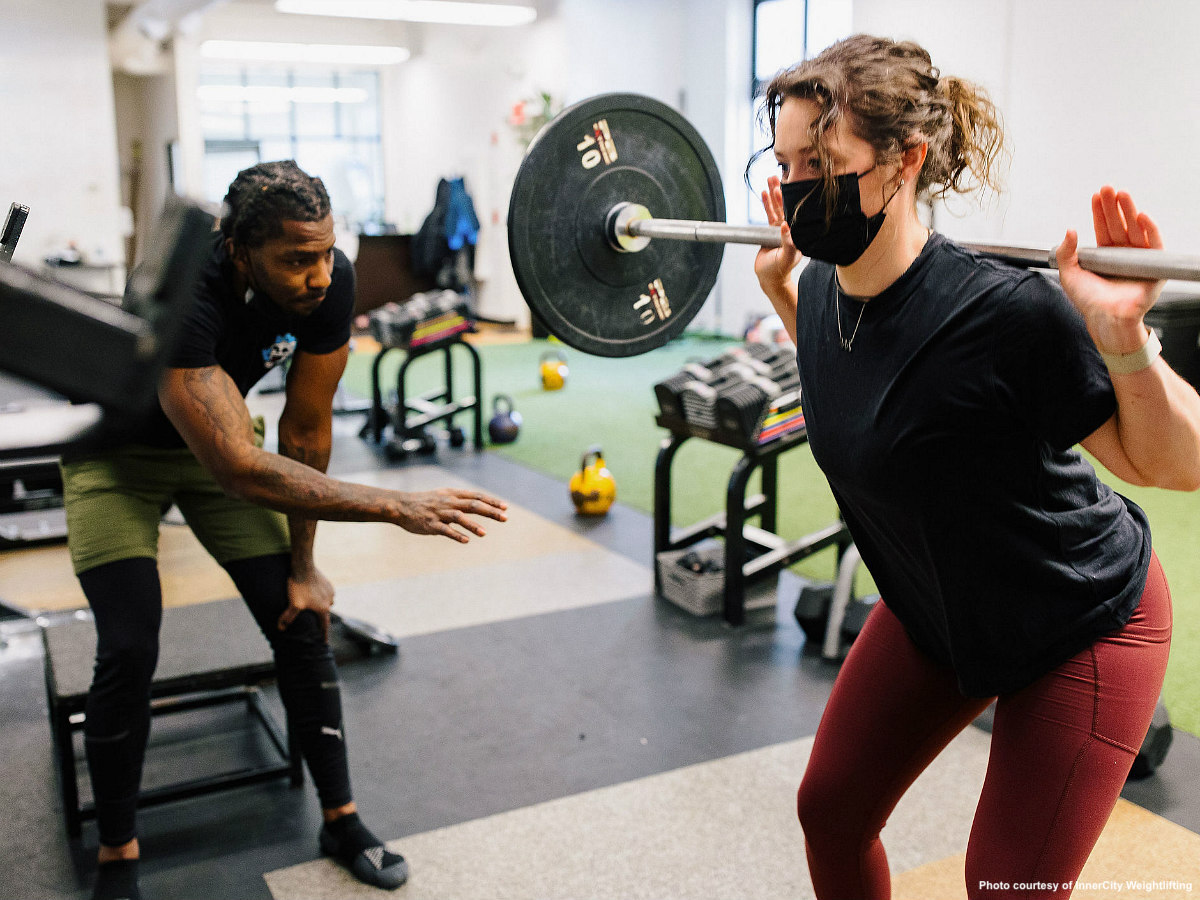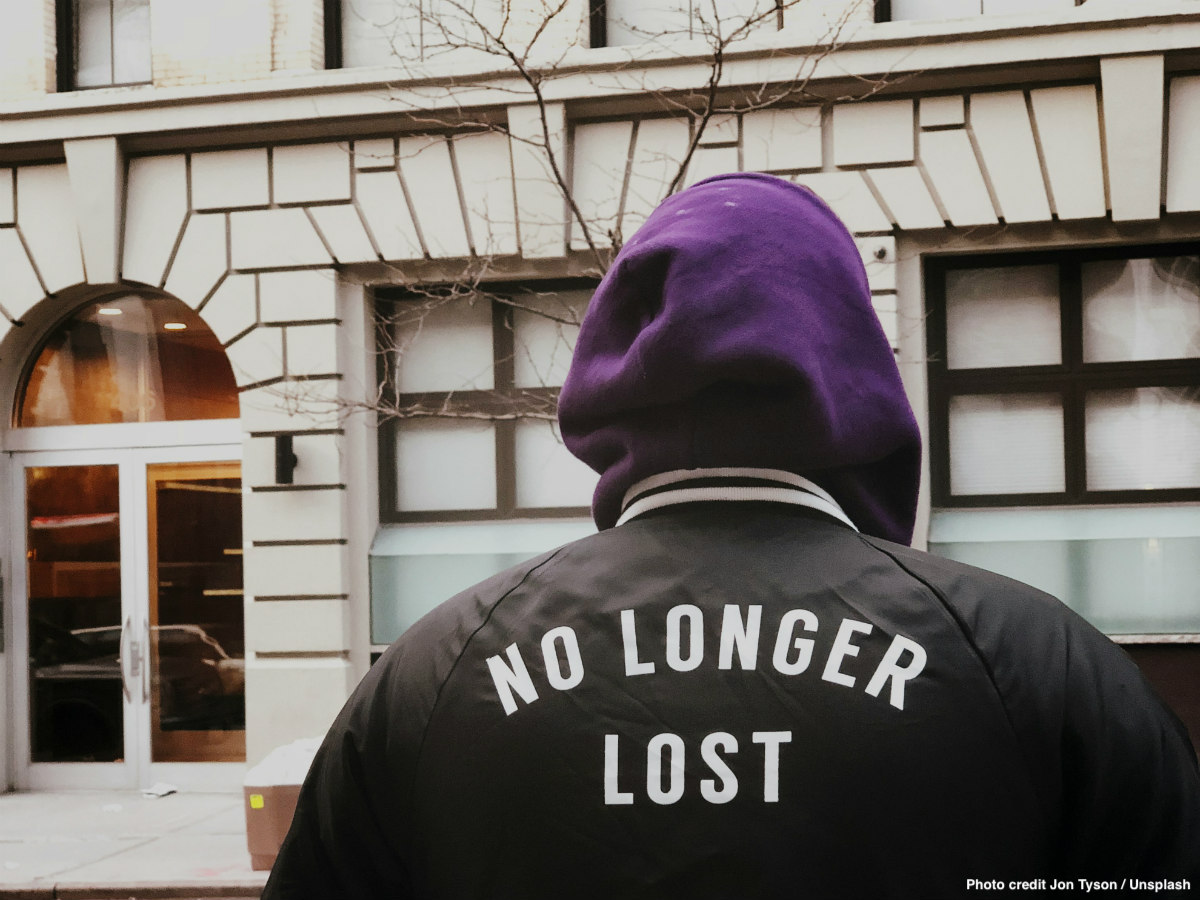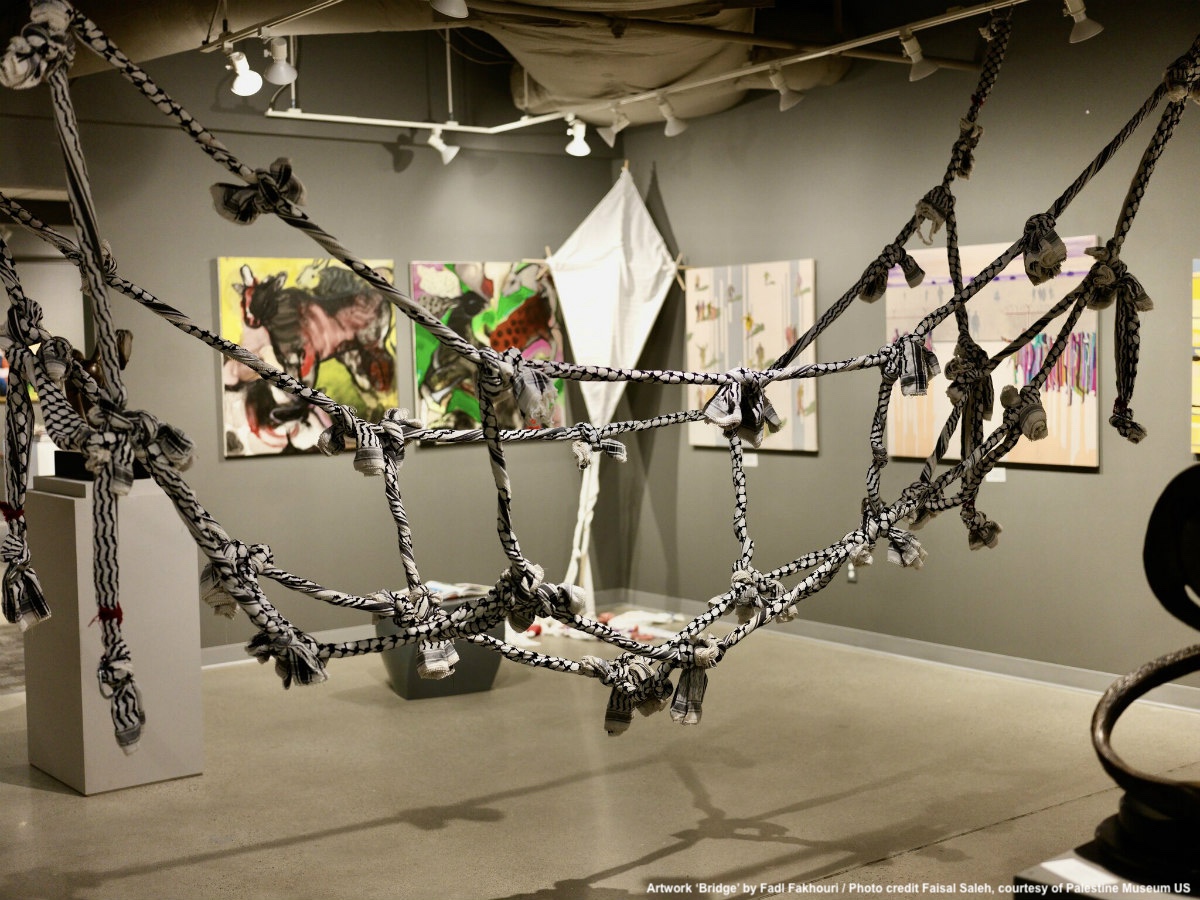Last August a new study at Harvard University in economic mobility made the headlines among urban practitioners. It revealed why some neighbourhoods in the US were better at improving people’s economic well-being over time. The data from 21 billion Facebook friendships was unequivocal: zip codes where more friendships between the poor and rich occur, increases the chances of low-income children to do better later in life.
But the data only gets you so far. The work of the non-profit gym InnerCity Weightlifting proves that, too. Personal trainers from disinvested neighbourhoods work with wealthy clients in Boston to keep them in shape. The gym is catching up with years of segregation in neighbourhoods that closes up any aspirations in youngsters and wants to produce better economic outcomes for them.

Primarily, lowest-income kids find friendships in their neighbourhood, says the study. Building ties to more educated or affluent people, starting in childhood, is difficult, in particular for black people in segregated areas that are stigmatised. When Jon Feinman, the founder of InnerCity Weightlifting, arrived as part of the AmeriCorp Program at a high school in a small neighbourhood in East Boston, he was told by everyone to stay away from the kids on the streets. That was, of course, a tricky balancing act for a former college soccer player and successful personal trainer, who grew up in a very white neighbourhood. Feinman ignored that advice and started to connect with the kids, through soccer, and weightlifting, teaching youngsters how to perform Olympic lifts.
With risks on all sides, and while he did not know it at the time, that was probably the attraction. Feinman saw himself in those kids, discovered the humanity of people and the circumstances they were in. That informal training started growing into a little club, teaching them and creating a safe place to hang out without being in survival mode all the time. It was an eye-opening moment for Feinman, an epiphany on how he could elevate these people out of their circumstances by teaching them to be personal trainers so that they could make money out of it.
Our clients have never met somebody from these segregated neighbourhoods before. And this is the way things are perpetuated in Boston and in other cities.
In 2010 Feinman founded InnerCity Weightlifting to disrupt the vicious circle that leads to urban street violence because it “stigmatises people, and weaponizes fear, creating barriers to safety, mobility, and economic opportunity.” Ian Kilpatrick, Head of Marketing of InnerCity Weightlifting, explained to me how they invite potential students to the gyms, train them up and help them take on clients. It is a sustainable way to get their feet on the ground, gain stability through support from staff with bureaucracy, food, housing, etc.
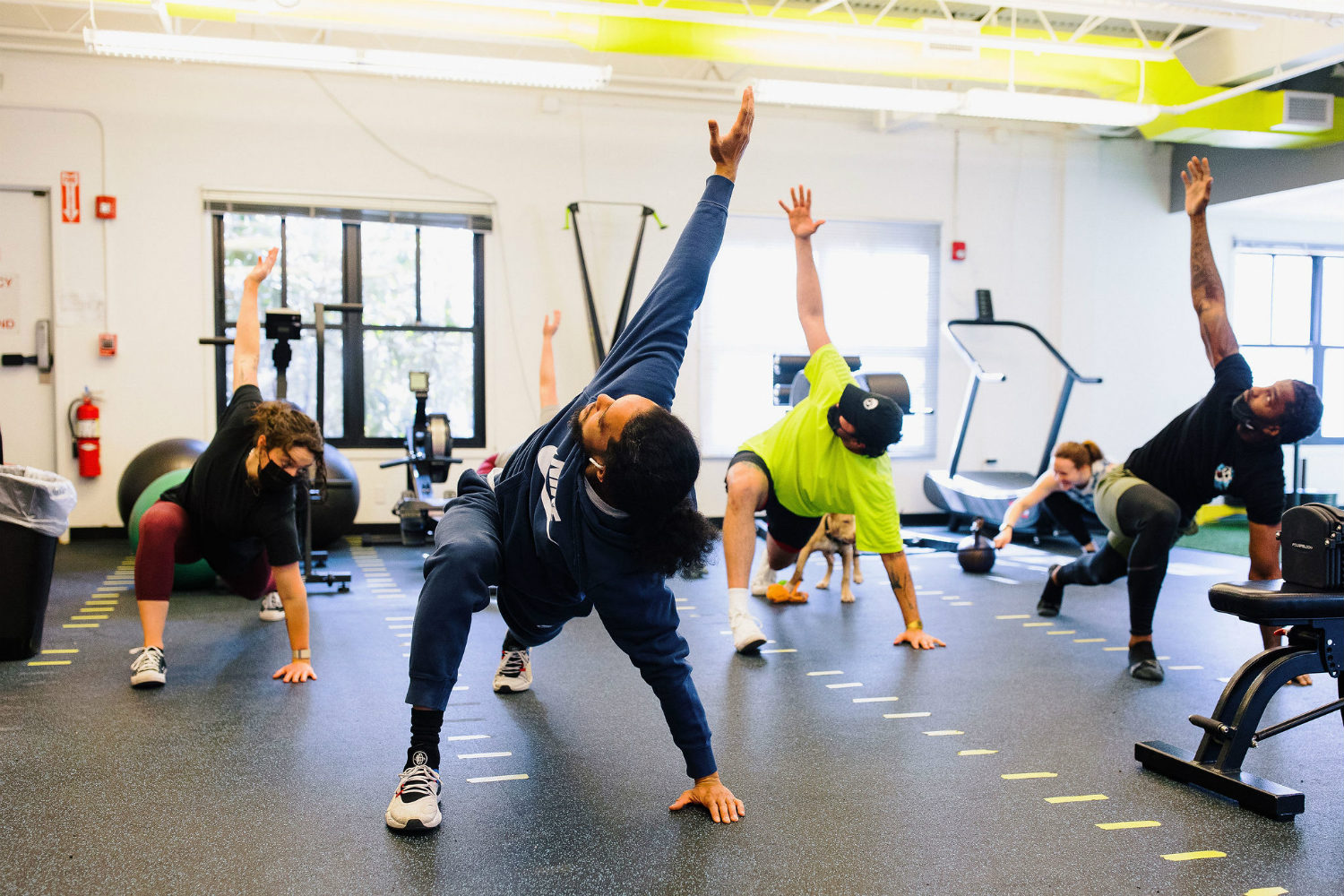
Located in two places, a strategic one to recruit students and a good one for business, the gym has a robust model on how people go through their certification to become trainers. There is a team of staff coaches with over ten years of experience. For the first time, one of them meets with the client and one of the program participants. They go through the health history of the client, and design a fitness program together. The new trainer is responsible for following up with the client on the fitness program. “It is a better and safer environment than in other traditional gyms because multiple people take care of the client,” says Kilpatrick.
In addition, administration staff handles the for-profit side of the model. “We try to get new people on the door so that we pay our program participants with clients.” Clearly, for students joining the program, it means financial stability, and most importantly, they get out of their neighbourhood where violence is present and have access to a new network. Every training in InnerCity Weightlifting leaves a clear footprint – many participants come through the program and become full-time trainers or even start their own gyms.
We hope our work influences our clients to break barriers and deconstruct stigmas in different situations.
This is exactly the kind of information social scientists would love to have – long-term cross-class relationships replace segregation and isolation with economic mobility and social inclusion. “On many occasions trainers develop true friendships with clients,” explains Kilpatrick. “We have experienced countless examples where the relationship between trainer and client has grown into a trainer being invited to a client’s wedding in Italy, or another trainer being hosted at a client’s vacation house in San Diego, or their kids going together to a camp.”
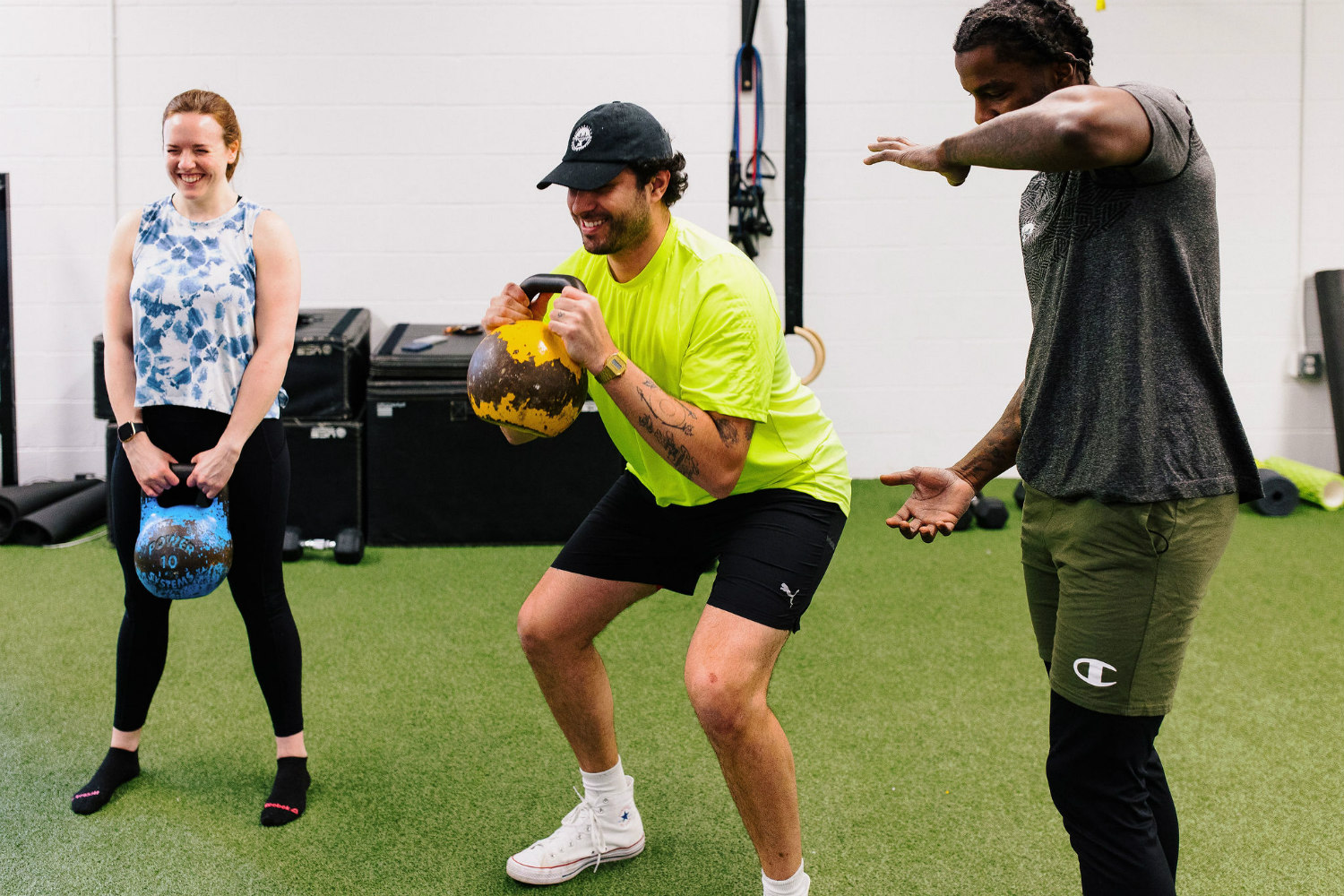
But it’s not just the poor that benefit. I am mostly intrigued if exposure to the trainers helps clients see their surroundings with different eyes. That could have a multiplier effect in economic mobility because their decisions in professional lives and civic behaviour could affect others around them and contribute to less inequality. Similarly, the same could be argued when those cross-class friendships happen during childhood, less well-off kids can also help their wealthy peers understand the world better. The Harvard study, published in Nature, only covered impacts for low-income children but the potential impacts on high-income children are an important question for future work.
If we can increase the support and resources that get to the root causes of violence in these pockets, it will greatly improve the safety of the entire city.
InnerCity Weightlifting pride themselves on that two way element. “We are not just a charity to help our program participants. We try to get our ownership on how we can illuminate our clients,” says Kilpatrick. All of a sudden one thinks this person would be this way but it is not, why do I have this perception? “Our clients have never met somebody from these segregated neighbourhoods before. And this is the way things are perpetuated in Boston and in other cities.” Kilpatrick continues explaining that people in cities perceive violence in some neighbourhoods as something widespread. But in fact it is just small localised pockets in neighbourhoods. “If we can increase the support and resources that get to the root causes of violence in these pockets, it will greatly improve the safety of the entire city.”
In the same manner, InnerCity Weightlifting offers to activate gyms at corporations. “We offer companies to operate the nitty gritty of their gyms in exchange for the space,” explains Kilpatrick. This partnership not only improves the atmosphere that corporate gyms desperately need but also it could influence corporate behaviour and drive economic mobility. The interactions of employees with trainers could foster values of inclusivity and diversity. “We try to draw attention to corporations to look into their own mirror. We put across this idea, when it comes to recruitment, that somebody like our trainers wouldn’t pass the companies’ background checks, even if they had the right skills.”
Kilpatrick says most of the clients have a mentality shift that also comes with a behavioural shift. “Getting to know our trainers in the community setting we’ve created forces our clients to look at how they treat folks of different backgrounds and appearances out in the real world. We hope our work influences our clients to break barriers and deconstruct stigmas in different situations. Stigmas don’t take into account the humanity of the situation.”
The gym’s team has created a successful model easily to expand nationally. Kilpatrick reassures that it can be replicated where there is street violence and high incarceration rates. For instance, in Chicago they have already built the network, and have a coach leading the guys through the programme but they lack the space. However, momentum has been built in cities that see the need to prioritise projects where wealthier residents and low-income residents can come together in one physical space. Sports is another avenue.
